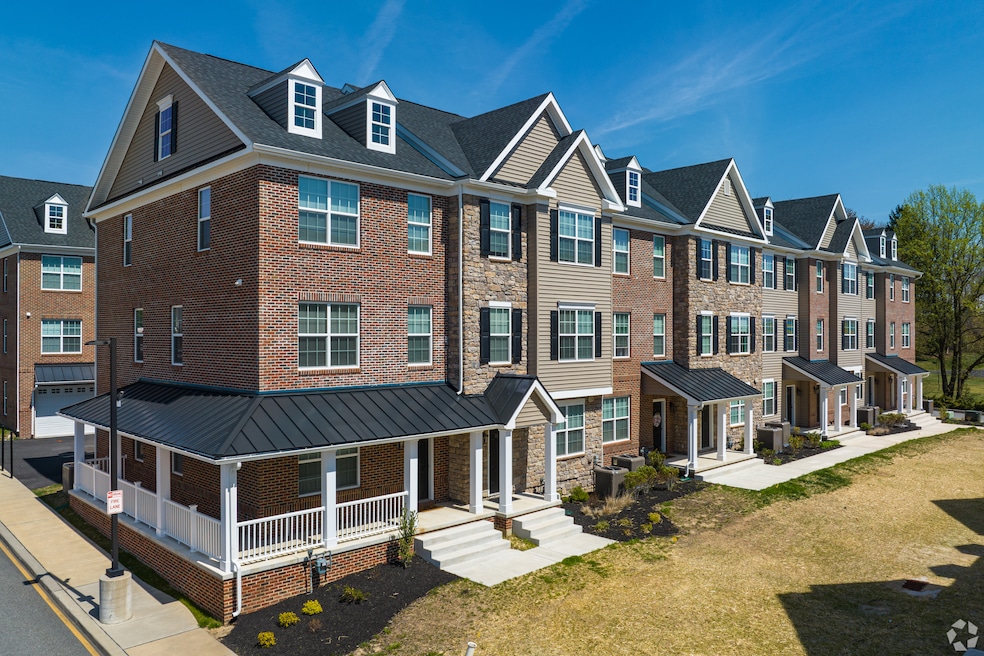Delaware is allowing schools in the state's most populous county to raise commercial property tax rates higher than those on residential property after the first reassessment in more than 40 years led to sharp tax increases for some homeowners.
Gov. Matt Meyer signed a bill last week to let New Castle County school districts vary tax rates despite criticism from some state legislators that the approach is unfair to small business owners. The county includes Wilmington, Delaware’s largest city. This year’s reassessment was triggered by a lawsuit that said New Castle’s alleged failure since the early 1980s to update property values had hurt the area’s public schools because higher values would lead to more tax revenue.
“This is a short-term solution to try to help our residents,” Rep. Kim Williams (D-New Castle), who sponsored a bill to let schools set split tax rates, said on the state House of Representatives floor before a final vote on the measure Aug. 12.
Delaware was an “outlier” in that its local governments and school districts went such a long time without reassessing property values, Abir Mandal, a senior policy analyst at the nonprofit group Tax Foundation, told Homes.com. However, he said there are other states, such as Pennsylvania, that don’t require local officials to revise values regularly.
New Castle County government and the city of Wilmington, which levy taxes on property owners separately from the eight county school districts, also assessed commercial and residential property at different rates this year for the first time. New Castle now assesses homes at about 16 cents per $100 of value, and businesses at 24 cents per $100. That’s down from 81 cents per $100 for either type of property last year.
Wilmington officials said in a July statement that the city adopted separate rates because of concerns that “properties in certain lower-income neighborhoods may have been overvalued.”
The 2021 settlement of the lawsuit, which the American Civil Liberties Union filed against New Castle and the other two counties in the state on behalf of a Delaware school advocacy group and a local NAACP chapter, calls for localities to reassess property every five years going forward. They could shift back to a single tax rate for all types of property for the next reassessment in 2030.
The average New Castle County resident saw their assessed home values rise this year by 433%, according to a July web post by the Brandywine School District, located in New Castle County. Commercial property values rose too, but only by 187%.
“The reassessment caused a major shift in who pays what,” according to the web post, including a swing of $11 million in school taxes from commercial to residential owners.
Meyer also signed separate legislation to allow homeowners to enter into payment plans for their taxes if their bill increased by $300 or more from the previous year.
Mandal with the Tax Foundation said he is sympathetic to state legislators’ concern that the split tax rate could make Delaware and New Castle County less economically competitive.
“Legislators would have been far better advised to pause utilization of the new assessments for one more year as they work out the details, rather than adopting an economically undesirable tax policy that may be hard to unwind,” he said.

